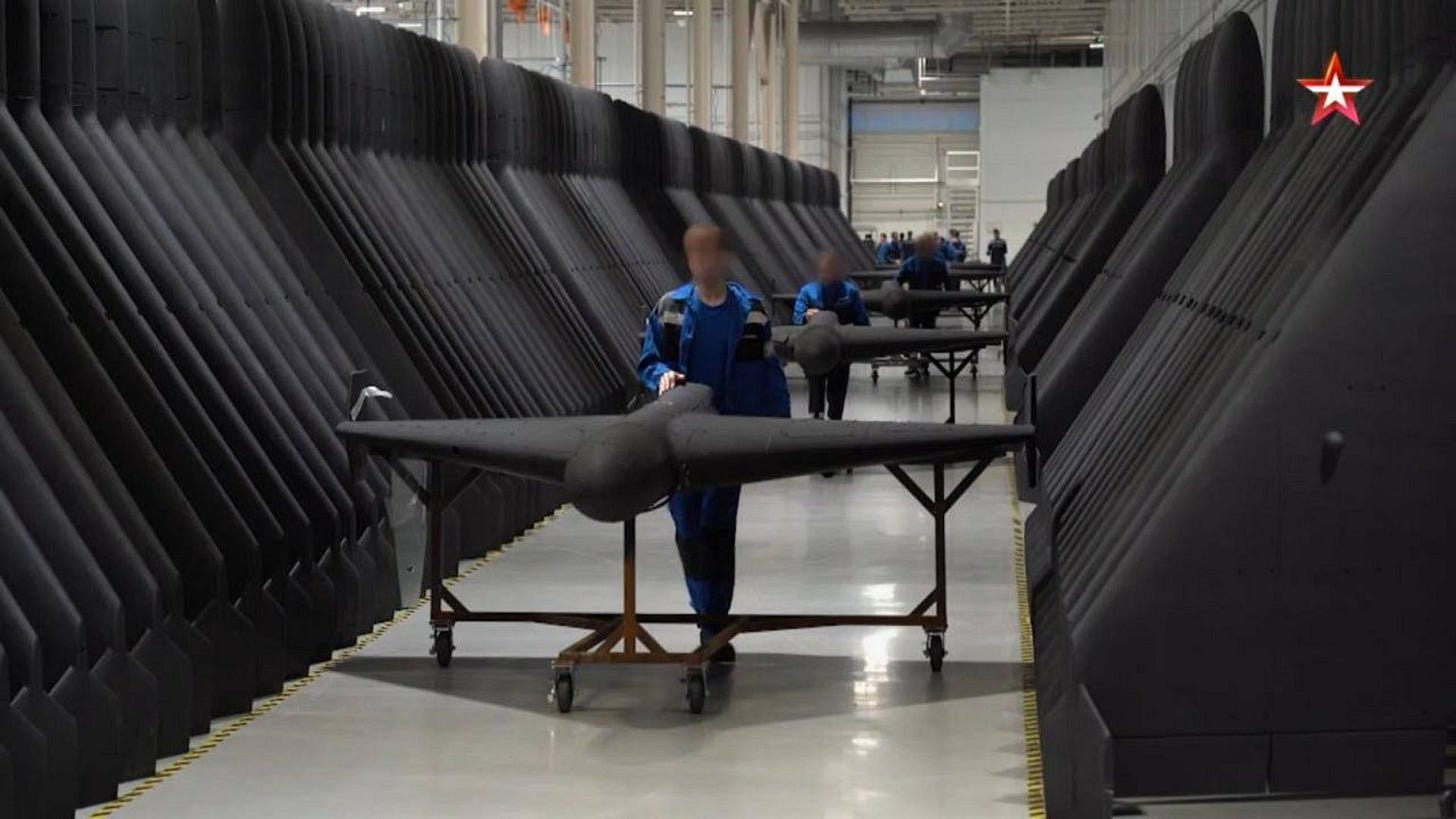Paint By Number
Visualizing the physics of the European Union’s geopolitical impotence.
“The pressure is on.”—Ursula von der Leyen
Last week, the European Union (EU), that mighty global power, approved its 18th sanctions package against Russia. Unlike the previous 17 attempts, this one is sure to work because it targets Russia’s oil and gas sectors, banking institutions, and military-industrial complex. Again.
The 18th iteration once more sets a (theoretical) price cap on the country’s oil exports. This time it shifts the prior flat limit of $60 per barrel to a dynamic one: 15% below the six-month average price of Urals crude, Russia’s primary oil benchmark. The new imaginary cap is temporarily set at $47.60 per barrel.
Adding to the barrage of highly effective that'll-show-Putin moves, the EU also partially sanctions itself by prohibiting any effort to repair the Nord Stream pipelines, the destruction of which remains one of our era's great whodunnits.
The editorial board of The Wall Street Journal gleefully cheered the devastating blow:
“European leaders on Friday at long last cranked up sanctions on Russia, sending Vladimir Putin a message that there will be more economic costs if he continues his drone and missile barrages on Ukraine. Now it’s Washington’s turn.”
Of course, this is all just happy talk, as sanctions against strong countries never work and almost always hurt those imposing them—a point we have made consistently and correctly since the war in Ukraine began in 2022. The market largely ignored the prior oil price cap and will surely do the same with the new one. The net effect of the first 17 packages has been to strengthen Russia’s resiliency, and it is unlikely the 18th will be any different. Kremlin spokesman Dmitry Peskov brushed off the new sanctions, saying “We have acquired immunity. We have adapted. Each new package adds a negative effect for the countries that join it. This is a double-edged sword.”
While EU leaders stay busy attending conferences and pushing papers around, Russia shocked Western observers this week by releasing footage from inside one of its massive drone manufacturing factories, revealing production levels on an almost unimaginable scale:
“Russian state media has aired footage from a major drone production facility in Yelabuga, Tatarstan, where Moscow is domestically manufacturing Iranian-designed Shahed drones under the name Geran-2. The video, released by the Ministry of Defense's Zvezda TV channel, offers a detailed view of one of Russia's key drone assembly centers that is helping fuel the country's ongoing war against Ukraine…
Russia's shift from importing Iranian drones to mass-producing has marked an escalation in its war strategy. The Geran-2… is cheap, easy to assemble, and effective at swarming Ukrainian defenses, especially at night. As Russia ramps up output, Ukraine's costly Western air defense systems face mounting pressure…
If the current pace continues, it is estimated that Russia could potentially launch up to 2,000 drones in a single night by November 2025; a dramatic increase from the fall of 2024, when roughly 2,000 drones were deployed across an entire month.”
A common theme of these pages is that energy is the root of industrial might, and military might is a derivative thereof. The prolific nature of Russia’s military-industrial complex stands as stark and predictable proof of that axiom. For pointing out such obvious truths, we’ve occasionally faced criticism from wishcasters who insist reality isn’t real. But wars are won with physics, not platitudes. Now that the Statistical Review of World Energy lists EU totals as a separate line item—a practice it began last year—analysts can easily inspect and quantify the root causes of the Union’s accelerating decline into irrelevance. Since all wars are energy wars, let’s peruse the newly released 2025 edition of the Review to see how the EU stacks up against actual powers.



